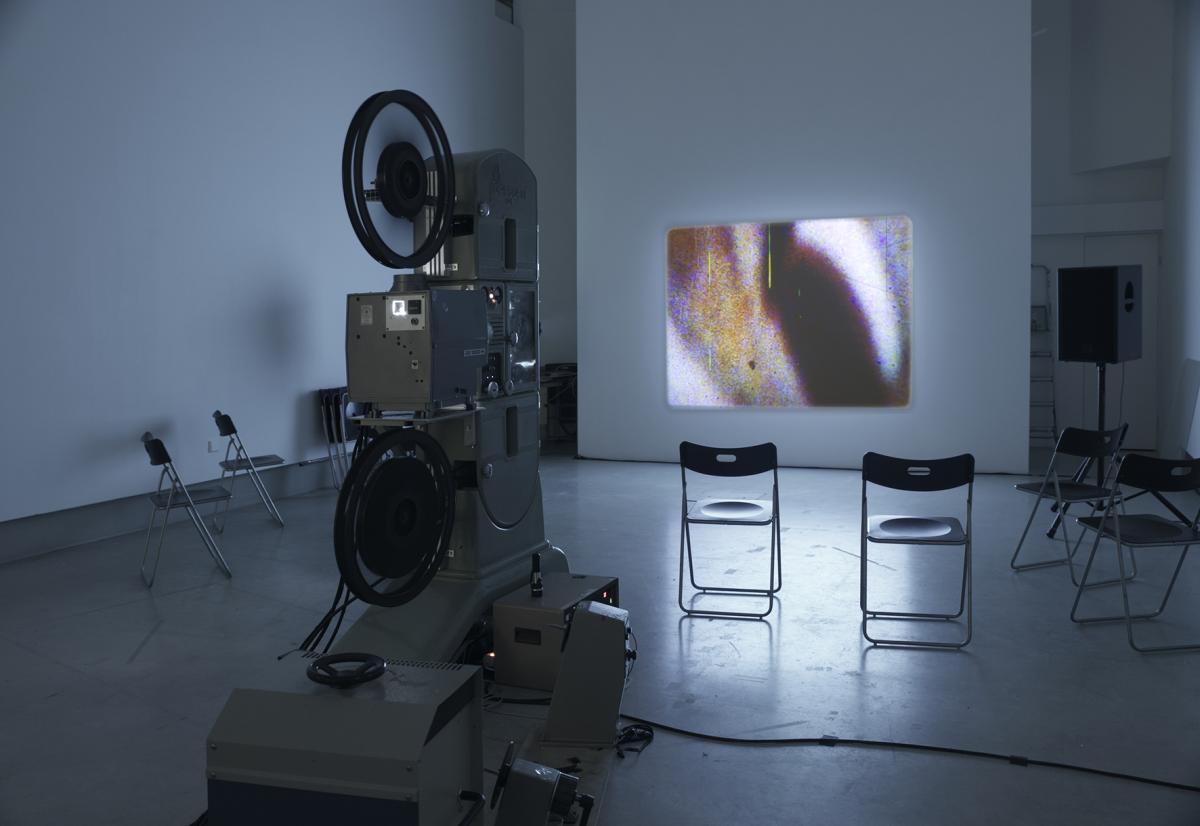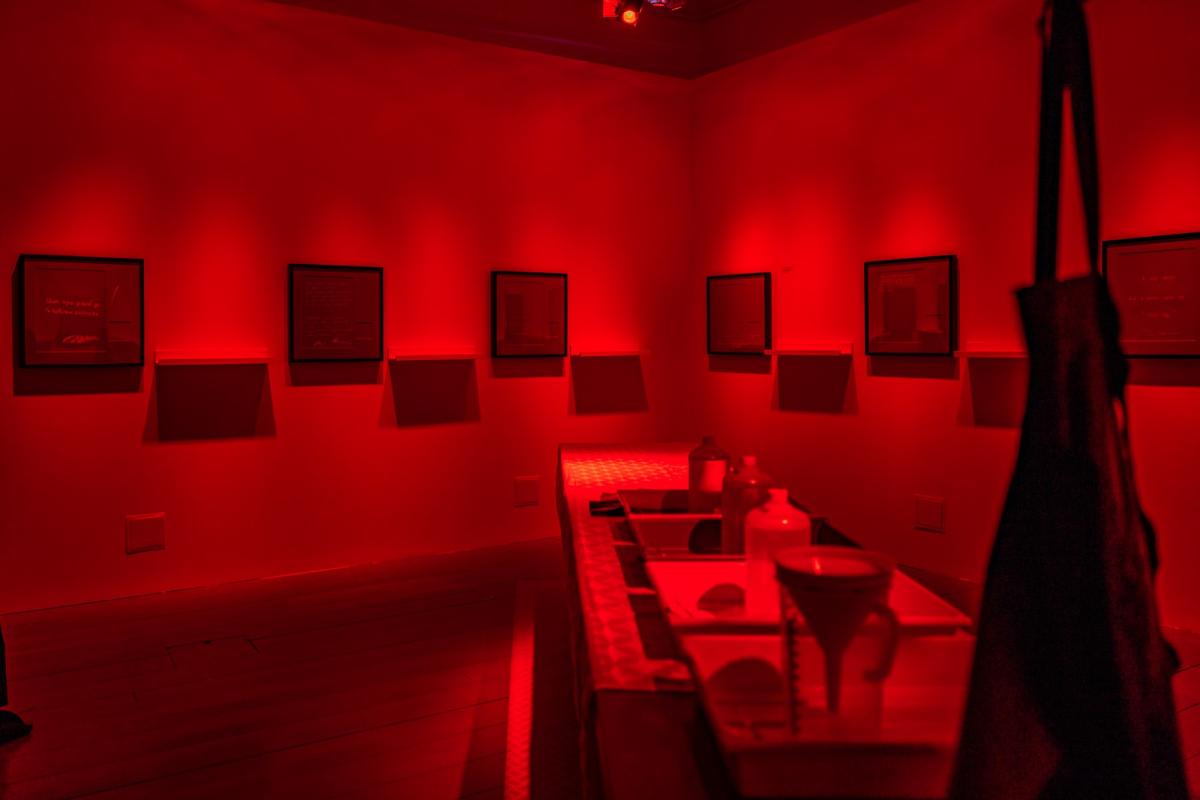The Academy of Fine Arts promotes research in analogue teaching thanks to a significant donation from the Saastamoinen Foundation
Digitalisation has led to a decrease in teaching and equipment resources in the field of traditional photography and cinematography at many higher education institutions. The Academy of Fine Arts and the Saastamoinen Foundation find that it is important to invest in research in analogue art in this time and age, in particular.

Thanks to funding from the Saastamoinen Foundation, Uniarts Helsinki’s Academy of Fine Arts will launch a research project that focuses on the meaning of analogue image in the era of digital image.
Within this project, analogue methods refer to both photography and moving image and related artistic work where light-sensitive materials serve as the surface where the image is produced. This light-sensitive material can be, for example, skin, film or photographic paper. Consequently, the research will examine image production processes invented before digitalisation.
In the current post-digital image culture, analogue methods may be considered secondary or even outdated. However, Dean of the Academy of Fine Arts Hanna Johansson finds that there is a place in this time, precisely, to delve into analogue image.
“Thinking with one’s hands gets new meanings in the digital age. Analogue image has its own special material reality that sets the world of the digital imagery into proportion,” Johansson notes.
Johansson points out that the digitalisation of society has resulted in negative side effects, putting people at risk of losing their sense of the differences between the virtual and physical reality. The media archaeological perspective of this new project will deepen our understanding of the imagery of our era.

Funding from the Saastamoinen Foundation is used to employ a postdoctoral researcher
Starting from the 1990s, Finnish universities and other higher education institutions have begun mostly waiving the tools and competence needed for analogue image production, even though the interest in various analogue and especially ecological forms of image production has continuously been reinforced in the field of visual arts. The Academy of Fine Arts has a long tradition of film-based practice and a functional environment for it, both strengthened by this new research project.
“Analogue processes enable the artist to see and experience the materiality and the technological framework related to the image, which opens up different kinds of pedagogical possibilities. That is also why we here at the Academy of Fine Arts want to safeguard and promote the competence needed for analogue methods in Finland,” Johansson explains.
The research project is made possible by a funding of 180,000 euros awarded by the Saastamoinen Foundation, which will be used to employ a postdoctoral researcher for the project for a three-year period. The recruitment will be arranged through an open, international call for applications in summer and autumn 2023, and the project itself will be launched at the beginning of 2024. The postdoctoral researcher will be recruited for the subject area of time and space arts at the Academy of Fine Arts, and the selected person’s work will be divided between research and teaching. This new research area strengthens the international top competence in the field at Uniarts Helsinki.
“It is a pleasure to see our investment in a preliminary survey in analogue teaching leading to this research project that will have international significance, too. We find it important to study the meaning of analogue image in the digital age. The research project is a natural continuum to the research in artist pedagogy, which the foundation has previously awarded funding for,” comments Marja Karttunen, who coordinates cooperation with Uniarts Helsinki in the Board of the Saastamoinen Foundation.